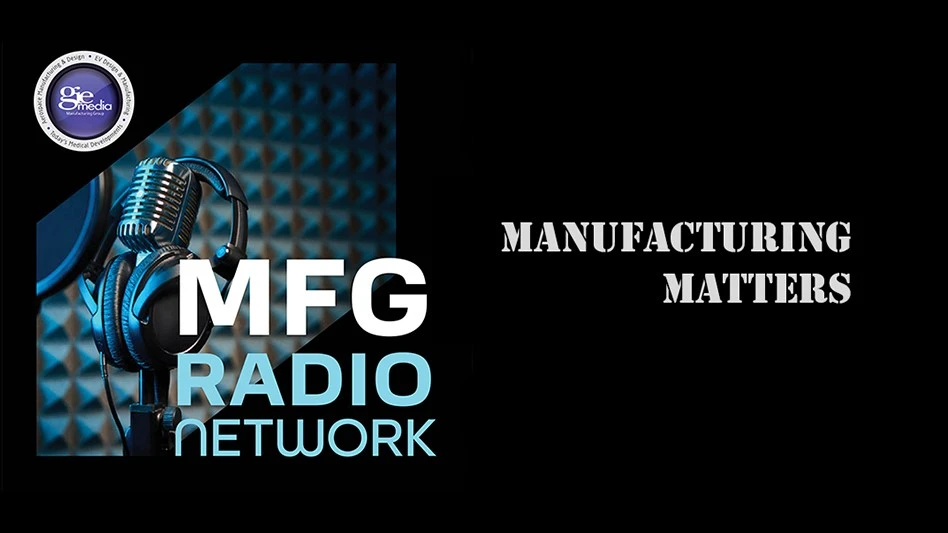
In December 2020, Fastems announced an agreement for the delivery of two automated structure laser ablation (Auto-SLC) robot cells to Lockheed Martin’s Fort Worth, Texas, site. The cells are used in the F-35 Lightning II wing assembly line. The delivery was carried out in 2022, now it’s time to take a deeper dive into the idea behind the cells and look into the installation process at the site.
F-35 fighter jet wings consist of a metallic understructure with carbon-fiber panels, making them lightweight and extremely difficult for radar to detect. The outer panels are fastened to the wing structure using bolts and bonded nutplates. To ensure the wing assembly meets performance requirements, bonding interface between the nutplate and the structure must be completely clean from any surface treatments, topcoats, dust, or other foreign object debris (FOD). Each wing frame has around 1,500 holes requiring ablation. The Auto-SLC ablates the surface around the holes where nutplates are bonded, removing any surface impurities which may contaminate the bonding surface. The system incorporates a dust-removal system taking away evaporated impurities during ablation. The cells also feature an automated ionized water-flushing system for cleaning the wing of any potential FOD prior to ablation.
Ablation of the bonding surface eliminates disbonds of the nutplate during wing assembly. Disbonds during manufacturing require wing disassembly, nutplate retrieval, and reassembly of the wing, resulting in a costly multi-day delay.
Previously, ablation was performed manually using a cumbersome handheld unit which limited the number of holes that could be ablated. Automating the process has allowed for a smaller unit, increasing the holes that can be ablated, and reducing the overall hole prep process time. More ablated holes equal reduced disbonds and additional time savings.
Auto-SLC cells feature digital twins representing real-life manufacturing cells in 3D-model format enabling programming and testing in a safe environment and without production disturbance. In robot programming, the digital twin indicates the exact location of thousands of holes, something impossible to manage manually. Programming in the digital environment is also critical to change management, allowing for automatic and instantaneous updates to be saved and tracked throughout the process.
The Auto-SLC uses machine, vision-aided positioning for accuracy and smart quality control. With machine vision solutions from the Finnish supplier Roima, the ablation process positions with a tolerance of ±0.01mm. This is achieved by finely adjusting the laser beam with the machine vision. Robot accuracy and machine vision adjustments are critical for the system to meet technical requirements while operating within environmental and budget constraints.
The internal structure of the wing is very narrow and labyrinth-like, creating a challenge for the system to ensure it reaches its target holes while avoiding contact with the part. In the most difficult spots, the laser head is only millimeters away from the wing body. To achieve maximum accessibility, several hundred hours were spent on the 3D-simulation to design the laser end-effector’s positions and determine the robot’s movements.
“Partnership with Roima and Ionix [designer of the laser ablation end-effector] was one of the key elements in the successful development of this project,” says Mika Laitinen, Fastems’ sales director of Robotic Solutions. “Combining Fastems’ leading aerospace automation experience with both partners’ competence in their fields enabled us to deliver a cutting-edge application to a world-class customer.”
Fastems https://www.fastems.com

Explore the January/February 2024 Issue
Check out more from this issue and find your next story to read.
Latest from Defense and Munitions
- BlueHalo conducts successful test launch of FE-1 next-gen C-UAS missile
- D-Fend Solutions' EnforceAir2 for counter-drone operations
- Arnold Magnetic Technologies prepares for DFARS compliance updates
- Curtiss-Wright awarded $50 million contract by Naval Air Systems Command
- Philatron MIL-DTL-3432 military cables
- Holochip taps Lumus geometric waveguide tech for AR goggles targeting U.S. defense sector
- Metallurgical Engineering Trades Apprenticeship & Learning hub launching at Ohio State
- Mitutoyo America's SJ-220 portable surface roughness tester





